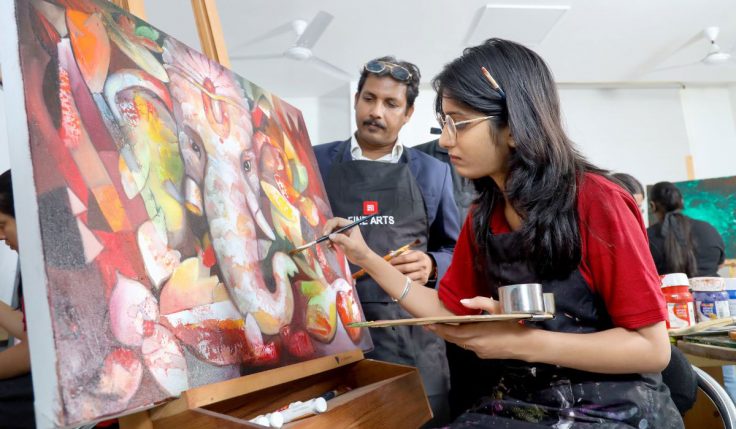Research design is nothing but a systematic procedure for carrying out different tasks of research study. It is significant to know the purpose of research design and different ways in which it can be done to ensure that the work is done properly.
The main purpose of research design is that it allows the researcher to proceed in the correct direction without deviating from the tasks. The study of experiments is important for research study because a poor research design can affect the project in terms of time, money, and manpower.
In this blog, we will see the importance of research design and how it should be conducted.
What is Research Design?
A research design is a plan for conducting research. It includes a set of plans that are aimed at producing reliable and valid data. The research design should be appropriate for the type of research question asked and the kind of data being collected.
Importance of Research Design:
A good research design consists of the below mentioned points.
- Formulating a design that can help the researcher make correct decisions at all steps of the study that is being carried out.
- Identifying all major and minor tasks of the study
- Making the research study effective and interesting by providing small details at each step of the research.
- Framing objectives of the work based on the points derived from the research design
- A good research design helps researchers in completing objectives of the study in any given time. It also ensures getting the best solutions for the research problems.
- Research design helps the researcher to complete important tasks even with limited resources.
- It provides accrue, reliable, consistent, and legitimate results to the research.
Steps in Research Design:
There are four steps involved in making the process of research design a success. They are mentioned below.
- A researcher starts the study by framing the problems of the research work that needs to be carried out.
- After this, researcher starts to find the sampling points, the number of samples, the sample size, and location.
- The next step is to find the operating variables and parameters of the study while discovering how the variables should be measured.
- The last and final step is the collection, interpretation, and dissemination of results.
Types of Research Design:
There are different methods of research design and all of them are equally valuable. Using these methods depends completely on what you have been trying to learn. The point is that we do not use each type while conducting the design research.
Generative Vs Evaluative Research: Generative research helps in refining a problem statement and finding what opportunities exist within an industry or product space. It is used early in design projects where designers understand where they are working, what is the context, and what can be done for the clients.
Evaluative research is when you have a good solution to a problem and want to understand how to practice the solution is. Often, what we do is ask people whether or not they like what they see.
We form empathy by deciding if or not the solutions meet their needs or if we do something such as usability testing. This helps in figuring out if the design is functional and easy to navigate.
Qualitative Vs. Quantitative Research: Other kinds of design research include qualitative and quantitative. Qualitative research is done by speaking to people and observing them in some context. We mostly look for cues to understand their motivation and why they are behaving in a way.
On the other hand, quantitative research is done by looking at numbers. It is done by looking at things such as Google Analytics or surveys with people. You can get specific data that shows up in patterns and themes but does not help in understanding motivation.
Empirical Vs Non-Empirical: Empirical methods can be used when the data is collected in a specific and objective way. The systematic collection of this data makes sure that the information is collected free from any kind of bias and is also accurate.
The non-empirical method is divided into two categories. On one side it is meant to see the progress in some field of research and on the other hand, it draws on personal observations while reflecting on current events and the authority of the author.
Conclusion:
The process of design research is important for product development. It can add to a project’s overall cost and timeline along with the value aligned by the insights that get covered during design research. It helps in developing a product that is not just usable but also useful.






